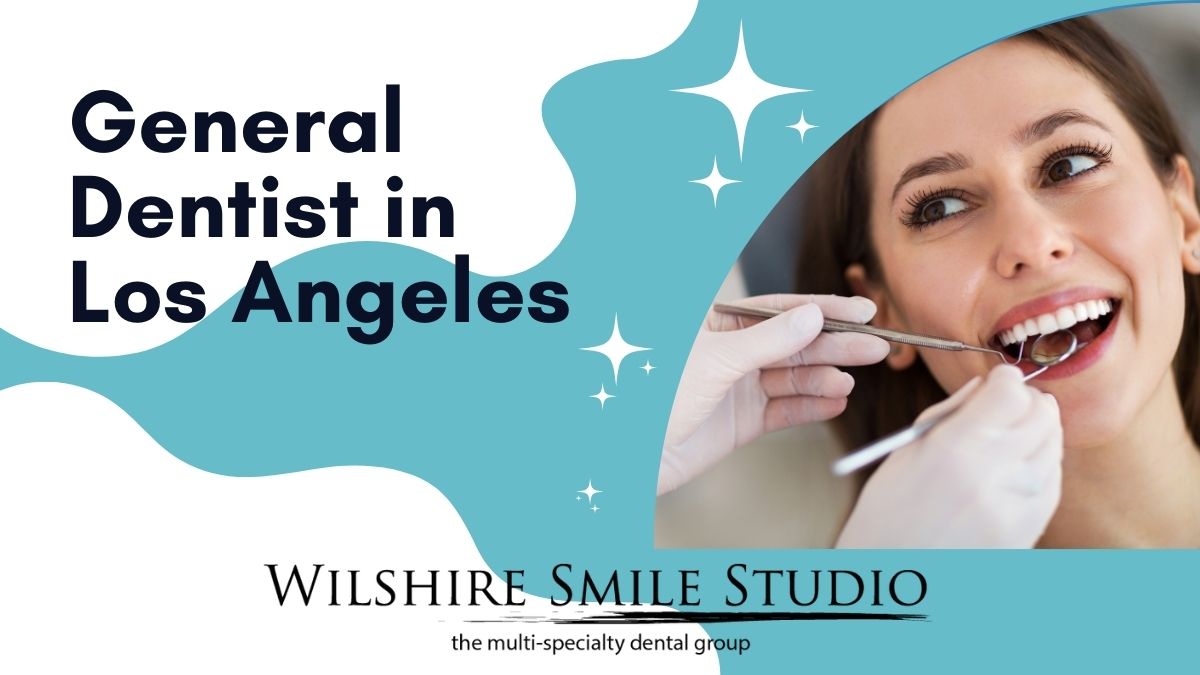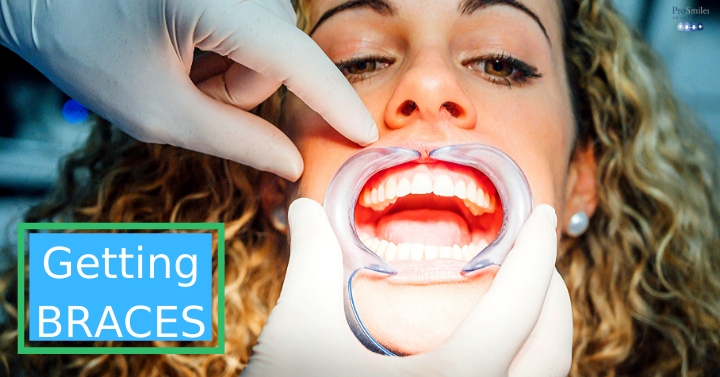The 25-Second Trick For Legacy Orthodontics
Table of ContentsNot known Details About Legacy Orthodontics What Does Legacy Orthodontics Mean?10 Easy Facts About Legacy Orthodontics ShownRumored Buzz on Legacy OrthodonticsThe 2-Minute Rule for Legacy Orthodontics
In addition, we offer adjustable therapy routines, versatile payment alternatives and a fun, pleasurable experience.An orthodontist is a dentist trained to identify, protect against, and deal with teeth and jaw abnormalities. Orthodontists work with people of all ages, from kids to grownups.
Malocclusion, or misaligned teeth, can cause dental concerns, including tooth decay, gum tissue disease, and challenging or painful eating. But not everybody is birthed with straight teeth. If you have a bad bite or big spaces in between your teeth, you may desire to get in touch with a dental expert specializing in orthodontic care.
Legacy Orthodontics - Questions
( Photo Credit Scores: DigitalVision/Getty Images) Orthodontists make use of repaired and detachable dental devices, like braces, retainers, and bands, to change the placement of teeth in your mouth. Orthodontic therapy is for oral irregularities, consisting of: Misaligned teethBite problems, like an overbite or an underbiteCrowded teeth or teeth that are also much apartJaw misalignmentThe objective of orthodontic therapy is to improve your bite.
A healthy and balanced bite ensures you can eat, eat, and speak properly. While you might assume of orthodontists as mainly for children or young adults that need braces, they can correct oral problems at any kind of age. Orthodontists go to university, dental school, and orthodontic institution. After college graduation, they spend 2 or 3 years in an orthodontic residency program.
, however not all dental experts are orthodontists. They focus on two areas: How to effectively and safely relocate teeth Exactly how to appropriately lead advancement in the teeth, jaw, and faceOnce an orthodontist has actually completed training, they have the option to end up being board certified.
The Definitive Guide to Legacy Orthodontics
Malocclusion leads to tooth congestion, an irregular jaw, or irregular bite patterns. Malocclusion is generally treated with: Your orthodontist connects metal, ceramic, or plastic square bonds to your teeth.
If you have just small malocclusion, you might have the ability to make use of clear braces, called aligners, rather of standard dental braces (https://www.ted.com/profiles/47882171). Some people require a headgear to assist relocate teeth right into line with stress from outside the mouth. After braces or aligners, you'll need to wear a retainer. A retainer is a custom-made device that keeps your teeth in location.
They're usually made use of on youngsters. They can create additional room in the mouth without needing to draw teeth. If you have a serious underbite or overbite, you could need orthognathic surgical treatment (additionally called orthodontic surgical procedure) to lengthen or reduce your jaw. Orthodontists utilize cords, medical screws, or plates to sustain your jaw bone.
You may need to see an orthodontist if you have: Crowding or otherwise sufficient space for all of your teethOverbite, when your top teeth come by your base teethUnderbite, when your bottom teeth are too much forwardSpacing or issues with gapsCrossbite, which is when your upper teeth fit behind your bottom teeth when your mouth is closedOpen bite or an upright gap between your front base and upper teethMisplaced midline, when the center of your bottom and top teeth do not align Dealing with an oral malocclusion can: Make attacking, eating, and speaking easierImprove the symmetry of our face and your overall appearanceEase pain from temporomandibular joint problemsSeparate your teeth and make them simpler to clean up, helping protect against tooth degeneration or cavities It's usually a dentist that first notices misaligned teeth during a routine test.
The Buzz on Legacy Orthodontics

Throughout your initial orthodontic appointment, you'll likely have: A dental examPhotos taken of your face and smileDental X-raysPanoramic (360 level) X-rays of your face and headImpressions to develop mold and mildews of your teethThese tests will certainly assist your orthodontist know how to wage your therapy. orthodontist. An orthodontist is a dental professional who's had training to treat your teeth and jaw
Orthodontists might execute surgery, exams,X-rays,and even more to help you obtain a more comfortable, much healthier smile. An orthodontist is focused on your bite, so something like a chipped tooth would be taken care of by a dental professional. Orthodontists are dental practitioners but not all dental experts are orthodontists. Orthodontists are focused on your bite, or the method your teeth meshed, and the straightness of your teeth.
Ever before wondered how stars always seem to have completely straightened teeth? The answer usually lies in the experienced hands of discover this an orthodontist. But what specifically does an orthodontist do? Orthodontists are dental professionals that concentrate on remedying irregularities in the teeth and jaws. Their experience surpasses simply creating an attractive smile; it reaches enhancing your overall oral wellness and function.
Things about Legacy Orthodontics

While braces are one of the most typically recognized orthodontic treatment, orthodontists have a diverse toolkit at their disposal. The particular technique selected relies on the extent of the instance, the patient's age, and specific preferences. These reliable braces use a system of brackets bound to the teeth and connected by cables.
Clear aligners, like Invisalign, are a preferred alternative for individuals looking for a more discreet treatment option. These detachable trays are customized to gradually shift the teeth's setting. Headwear might be utilized in conjunction with braces or aligners to use extra targeted forces, particularly for fixing jaw inconsistencies. In cases of narrow jaws, palatal expanders can be utilized to produce space for proper tooth alignment.